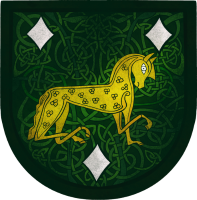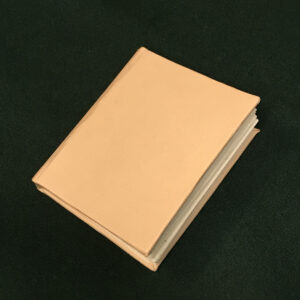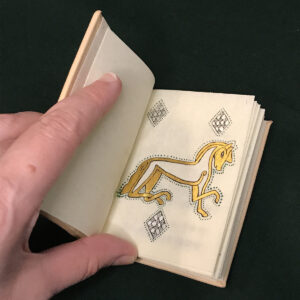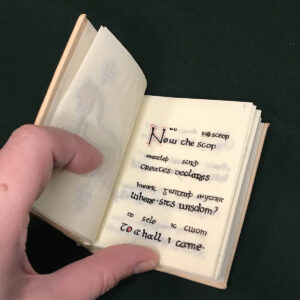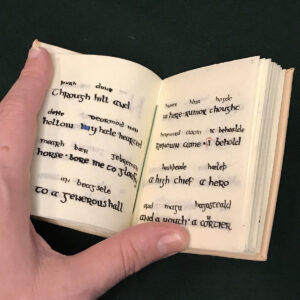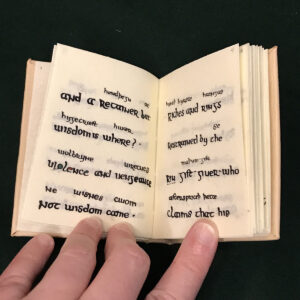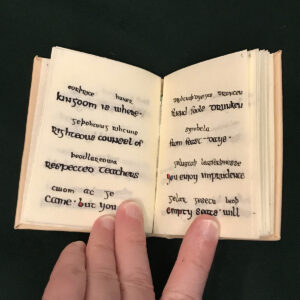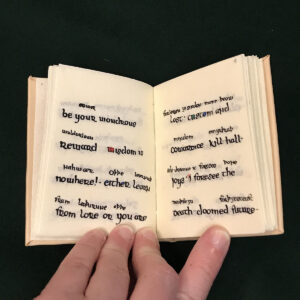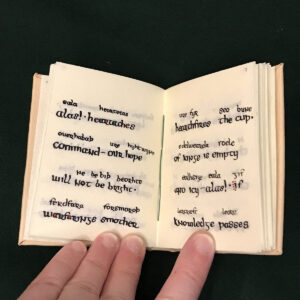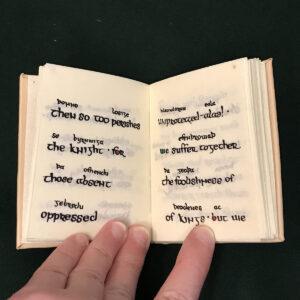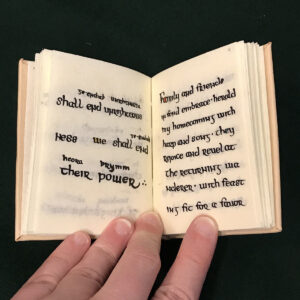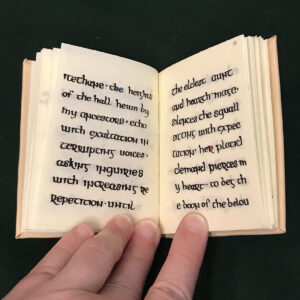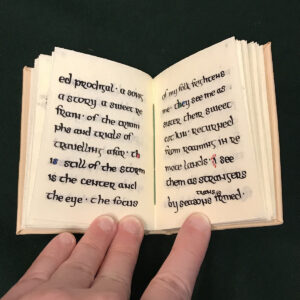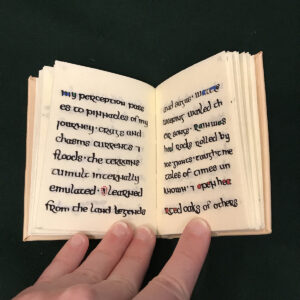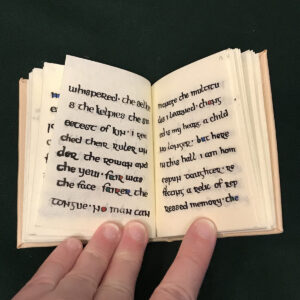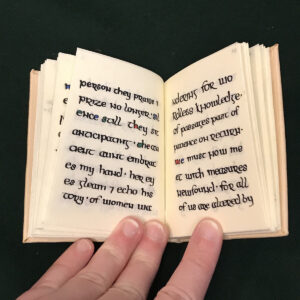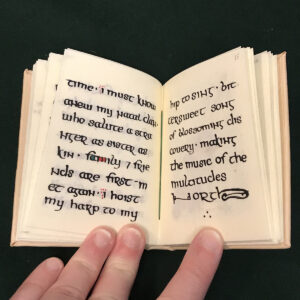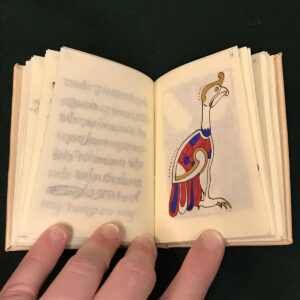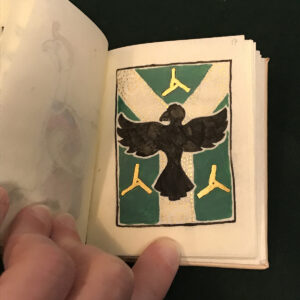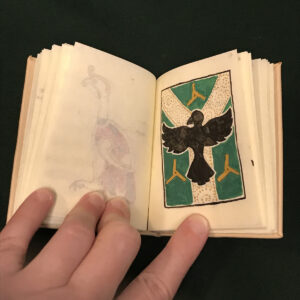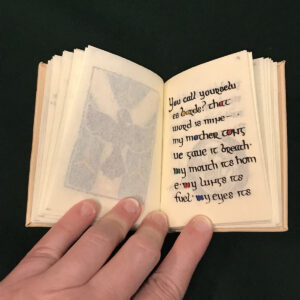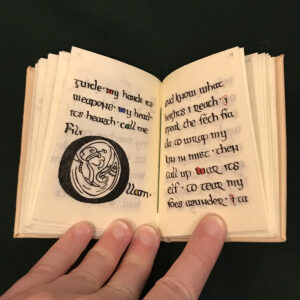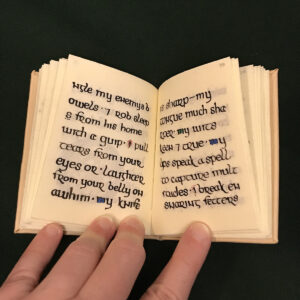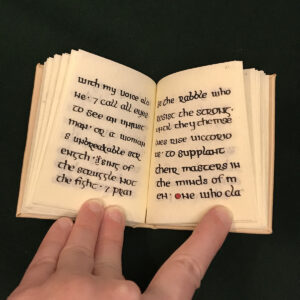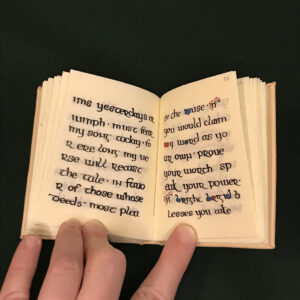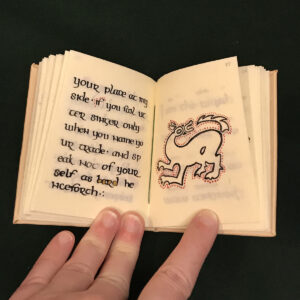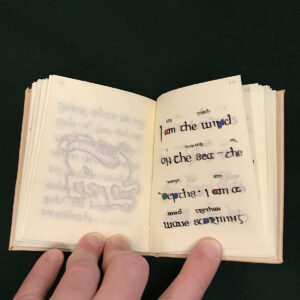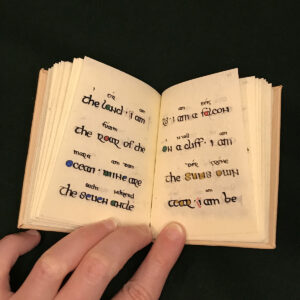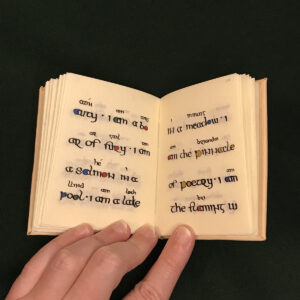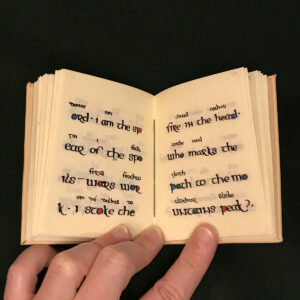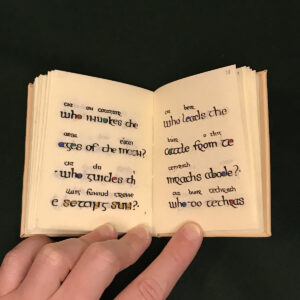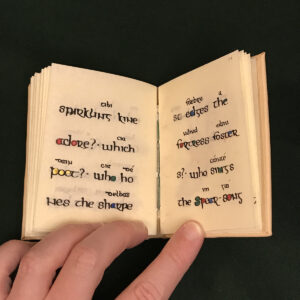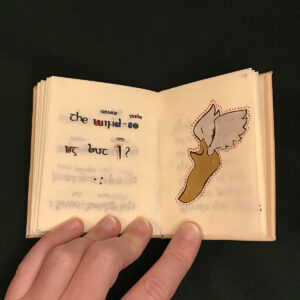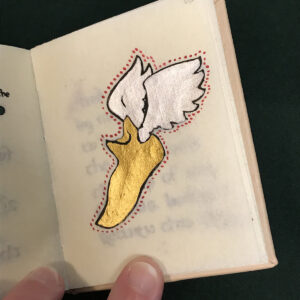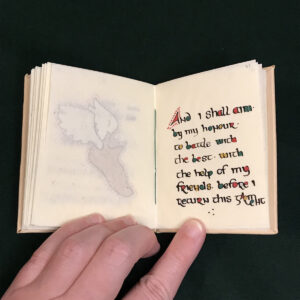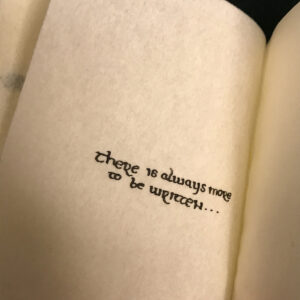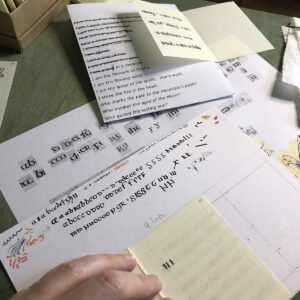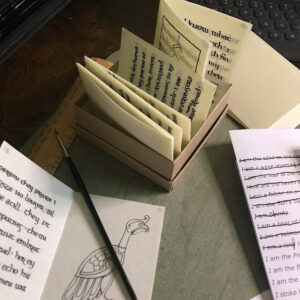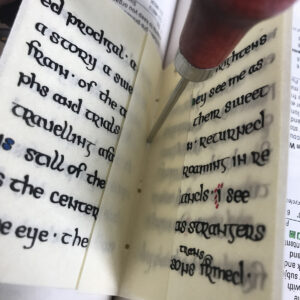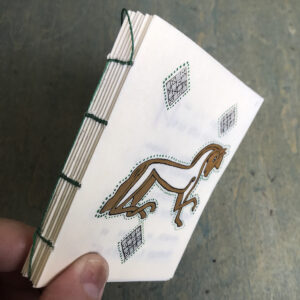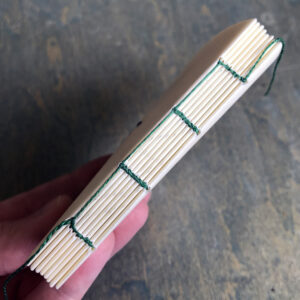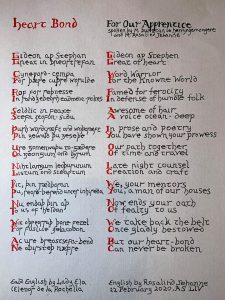Esa inghean Donnchaidh was one of the first people I met in the SCA and a dear friend, so I was thrilled when I heard that she was going to receive her Laurel. While I unfortunately was unable to attend the glorious event, I was able to contribute in a small way by writing an introduction to court for her. This was then translated into Scots Gaelic by Naran Noyon, who heralded her entry for her elevation.
English Text
The evening star rises, heralds
last light of the day.
Sun strikes wave-washed islands,
inflames sanguine
Brodgar, Stanness, and sleeping Maeshowe.
See striding forth from stones’ heart
broch-builder’s blood-borne kindred,
a sea-eyed advocate and true-tongued teacher,
scholar of Caithness
and the womb’s ways,
the esteemed and beloved
Esa inghean Donnchaidh.
Scots Gaelic Translation
One of the faults in my education is my lack of Scots Gaelic, so this translation was wonderfully done by by Naran Noyon. The text below is not his final version, and any transcription errors are mine; I hope to update this post soon with the final version that also includes the correct diacritics. As a translator myself, it was exciting to have someone translate my words, and I hope to hear more about his translation choices.
Reul an Fheasgair ag eirigh, A gairm solas mu dheireadh dh’en latha,
Buailidh grian eileanan air am fliuchadh le tonnan,
‘Cuir teine ri Brodgar fuilteach , Staness ‘s Maeshowe nan cadal,
Faic Ise, A tighinn gu dana a-mach a cridhe chlachach,
Fior nighean Bhroch-togalaiche.
Bean-tagraidh le suilean-mhara,
Tidsear na fior theanga,
Ban-Eolaiche Ghallaibh ‘s Doighean machlaig,
Gaolach, Urramaichte.
Esa Ingean Donnchaidh.
